|
|
|||
|
(Back to Preceding Week; on to Next Week) |
|
Only a few slots remain for |
|
HURRICANE RAIN YIELDS A few weeks ago when Hurricane Fay dumped 10.6" of rain on Hilton Pond Center, we considered several things. Foremost in mind was the pond itself would benefit immensely from this drought-busting downpour and, sure enough, the water level came up almost four feet in just two days. Subsequently we thought about all those fish and tadpoles and turtles and aquatic invertebrates whose home was restored almost overnight; we're guessing some of the Largemouth Bass and Bluegills had been getting to know each other a little too well as the volume of water in the pond gradually decreased earlier in the year. And, as we always do after a good drenching rain in late August, we pondered the summer-long absence of mushrooms around the Center, predicting that this sudden influx of moisture would be just what the fungal world needed to kick its metabolism into reproductive high gear. Within days of the last raindrops from Hurricane Fay our prediction came true as mushrooms magically began erupting all over the place, providing us with a wealth of interesting photographic subjects. This week we offer a selection of images of newly sprouted 'shrooms, diverse in form and providing a kaleidoscope of color. Read on, if you will, to enjoy the multitude of shades and hues of our post-hurricane "Mushroom Rainbow."
All text & photos © Hilton Pond Center After a rain, it always seems the first mushrooms to appear at Hilton Pond Center are part of a long-lived colony in a semi-shaded grassy plot in front of our old farmhouse. These are likely Caesar's Amanita, Amanita caesarea (above), although some mycologists would prefer they be called AMERICAN Caesar's Amanita, A. hemibapha or A. jacksonii. No matter how you name it, this species--like other mushrooms--is a "saprophyte" that lives on dead organic matter. Caesar's Amanita has an even more complex lifestyle; it is "mycorrhizal," having a collaborative relationship with oaks and pines, whose rootlets it ensheaths with fungal cells. The fungus apparently helps the tree absorb nutrients and water while the tree itself provides small amounts of photosynthesized sugars and amino acids to the 'shroom. It's probably not coincidental that our perennial colony of Caesar's Amanita thrives in the lawn beneath the Center's largest Willow Oak. These mushrooms provide the first color in our Mushroom Rainbow--a deep red-orange that fades somewhat as the fungi open into familiar umbrella shapes with caps up to six inches across.
All text & photos © Hilton Pond Center Following Hurricane Fay, a previously unseen fungal colony added another color to the Center's Mushroom Rainbow. Each two- to three-inch-tall mushroom in this group started out as an orange stalk topped by a hemispherical cap of the plushest red velvet, the cap gradually opening and flattening as the 'shroom nearly doubled its height. Two dimples in the cap of the largest mushroom (above left) undoubtedly were caused by some fungivore--perhaps a chipmunk, box turtle, or big beetle--that bit out a couple of chunks when the cap was smaller and closer to the ground. Such scars are quite common on mushrooms we've found--a sure sign many kinds of animals are at least initially curious about how succulent fungi might taste.
All text & photos © Hilton Pond Center Emerging from a nearby patch of green-leafed Periwinkle was a mushroom that revealed yet couple of rainbow colors; its dark lavender cap sat atop a stalk of a more pinkish hue. The cap normally would have been flat in this species, but a Vinca vine stretched across its top and caused the edges of the cap to fold upward as the mushroom got taller. Although unnatural, this exposed hundreds of pure white gills that radiated away from the stipe and may have done the mushroom a favor, allowing for better dispersal of all the spores that developed on its exposed gill surfaces.
All text & photos © Hilton Pond Center The next fungus we found was in a Mushroom Rainbow color we had never seen before at Hilton Pond Center--or anywhere else, for that matter--and it was only happenstance we were able to pay it any attention. It seems some creature had bumped into this mushroom--whose cap was a more nondescript grayish-white above--tipping it over in the leaf litter beneath a stand of oaks and elms. This revealed the cap's underside, decorated with incredibly sky blue gills that were breathtaking against the dull brown of surrounding leaf litter. We encountered this technicolor fungus near dusk when it was too dark for photographs. Because it had already broken loose from its rootlike anchor we picked it up gently and took it back to the lab in the old farmhouse for safekeeping--lest some hungry night animal consume our prize. Placing it on our desk we took a couple of quick photos of the gills and went off to eat supper. Next morning we were very glad we snapped those two evening exposures; by sun-up the gills of the mushroom had turned jet black! Nonetheless, there was no doubt about the species of this previously blue-gilled 'shroom; it was the Lactarius indigo, the Indigo Milk Mushroom, so-named because it exudes milky blue sap when abraded.
All text & photos © Hilton Pond Center We found another mushroom knocked over on the Center's front lawn, but the underside of its cap looked very different from that of Lactarius indigo. For one, the underside was a rich yellow-tan--yet another color for our Mushroom Rainbow--and instead of a multitude of radiating gills it had an irregular array of openings that were more or less rectangular or trapezoidal. We'd never seen a cap arrangement quite like this one--mushrooms usually have almost-parallel gills or tiny circular pores--but it was fairly obvious the irregularly shaped structures were where the mushroom's spores were produced.
All text & photos © Hilton Pond Center As we headed down one of the trails around Hilton Pond, we encountered a more "typical" gilled toadstool (above) whose cap added nice shades of tan and white to our Mushroom Rainbow. This particular specimen, growing in rich soil within a mixed stand of pines and hardwoods, had a 4"-diameter parasol cap topped with warty protuberances. The stipe was encircled with an annulus--the ring of tissue left behind when the cap opens like an umbrella. Not all mushrooms have annuli, so sometimes this structure can be helpful in identification.
All text & photos © Hilton Pond Center Not far away from the mushroom just mentioned was another tan-colored one that looked somewhat similar, but the cap seemed destined to be scaly rather than warty. It, like other specimens already mentioned, was scarred--this time on the stipe where something apparently had taken a bite or two. This particular mushroom was about three inches tall but undoubtedly would end up considerably larger than that.
All text & photos © Hilton Pond Center Our next mushroom was quite a lunker (above), with an amazingly stout stipe four inches in diameter, topped with a big, tightly attached cap. This massive individual--of which there were several scattered about beneath Loblolly Pines--looked for all the world like some sort of whole wheat and raisin muffin, complete with a flaky abstract surface to the cap. The browns on this thing were variable and difficult to describe, but they did add new dimensions to our Mushroom Rainbow.
All text & photos © Hilton Pond Center Continuing our brown-and-tan theme for the Mushroom Rainbow was a dense, four-inch-diameter cluster of inch-long spikes that were reminiscent of deer antlers in color and shape--the longer spikes being branched at their upper ends. These weren't really mushrooms per se since they lacked an umbrella shape; sometimes they're generically called Coral Fungi, a loose group whose name obviously comes from their resemblance to skeletons left behind by marine invertebrates. We suspect this was some species of Ramaria, of which there are many.
All text & photos © Hilton Pond Center A second Coral Fungus added a pure ghostly white to our Mushroom Rainbow. These inch-high individuals looked like long, slender digits projecting straight up from red clay soil--hence an alternate name of Finger Fungi. They're technically known as Clavaria vermicularis, AKA White Spindles.
All text & photos © Hilton Pond Center The last of our post-hurricane mushrooms was another colony of white ones. Individuals were highly irregular in shape, taller than wide but missing a cap and looking more like someone had dripped four-inch-high globs of candle wax onto a bed of pine needles and moss. The surface of each was warty, with bits of leaves clinging to the shady side where some passing animal had kicked up detritus. You'll note we didn't make an effort to identify all the mushrooms in this week's installment. First of all, mushroom identification can be difficult--that's one reason we don't collect and eat our own wild fungi--and sometimes it even requires chemical analysis and microscopic examination of spores. Besides, you don't have to know names for all the colors in the spectrum to be thrilled by a rainbow, so this week we decided just to kick back and enjoy the visual splendor of our Mushroom Rainbow without worrying too much about taxonomy.
All text & photos © Hilton Pond Center Alas, by the time you read this installment our Mushroom Rainbow will be gone, a mere ten days or so after it began to appear at Hilton Pond Center. Nearly all the mushrooms depicted above have died and rotted away, in some cases with considerable unpleasant odor. The mushrooms' vegetative parts--known as hyphae or mycelia--have been underground for years and maybe even decades, waiting for the right combination of organic matter, soil moisture, and temperature before exploding to the surface to create reproductive structures in the form of mushrooms. By now these mushroom caps have shed spores that, if destined for success, fell into well-situated nooks and crannies. If proper conditions prevail, the spores eventually will germinate and form new hyphae that grow and flourish underground, waiting for just the right time to erupt--making another Mushroom Rainbow for us to enjoy and share at Hilton Pond Center.
All text & photos © Hilton Pond Center
Comments or questions about this week's installment?
Thanks to the following fine folks for recent gifts in support of Hilton Pond Center for Piedmont Natural History and/or Operation RubyThroat: The Hummingbird Project. Your tax-deductible contributions allow us to continue writing, photographing, and sharing "This Week at Hilton Pond." (Please see Support if you'd like to make a gift of your own.)
"This Week at Hilton Pond" is written & photographed You may wish to consult our Index of all nature topics covered since February 2000. You can also use our on-line Hilton Pond Search Engine at the bottom of this page. For a free, non-fattening, on-line subscription to |
|
Make direct donations on-line via
Network for Good: |
|
|
Use your PayPal account
to make direct donations: |
|
|
If you like to shop on-line, you please become a member of iGive, through which more than 700 on-line stores from Barnes & Noble to Lands' End will donate a percentage of your purchase price in support of Hilton Pond Center and Operation RubyThroat. For every new member who signs up and makes an on-line purchase iGive will donate an ADDITIONAL $5 to the Center. Please sign up by going to the iGive Web site; more than 150 members have signed up to help. It's a painless, important way for YOU to support our work in conservation, education, and research. |
|
| The highly coveted Operation RubyThroat T-shirt (four-color silk-screened) is made of top-quality 100% white cotton. It highlights the Operation RubyThroat logo on the front and the project's Web address (www.rubythroat.org) across the back.
Now you can wear this unique shirt AND help support Operation RubyThroat: The Hummingbird Project and Hilton Pond Center. Be sure to let us know your mailing address and adult shirt size: Small (suitable for children), Medium, Large, X-Large, or XX-Large. These quality shirts don't shrink! Price ($21.50) includes U.S. shipping. A major gift of $1,000 gets you two Special Edition T-shirts with "Major Donor" on the sleeve. |
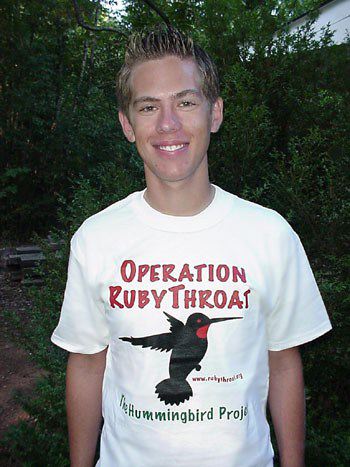
Need a Special Gift for a Want to make a If so, why not use our new handy-dandy on-line Google Checkout below to place your secure credit card order or become a Major Donor today? |
|
|
|
|
SPECIES BANDED THIS WEEK: * = New species for 2008 WEEKLY BANDING TOTAL 11 species 40 individuals YEARLY BANDING TOTAL (2008) 56 species 1,432 individuals 171 Ruby-throated Hummingbirds 27-YEAR BANDING GRAND TOTAL (since 28 June 1982) 124 species 51,599 individuals NOTABLE RECAPTURES THIS WEEK (with original banding date, sex, and current age) 2008 Ruby-throated Hummingbird returns from past years--38 Carolina Chickadee (1) Northern Cardinal ()
|
OTHER NATURE NOTES OF INTEREST --What a difference a month--and 10.6" of rain--can make. During the first week of August 2008 Hilton Pond Center in Western York County SC were in what was classified as an "exceptional drought"--the worst of five categories. After the post-Hurricane Fay deluge, the status improved two notches to "severe drought." We never imagined we'd be saying a "severe drought" classification was an improvement, but now that our trees and shrubs are rebounding and Hilton Pond itself is up 42"--less than a foot shy of full--things are remarkably better. --Ruby-throated Hummingbirds continued to trickle through. This week's 16 newly banded individuals through the 2008 season total to 171 by 14 Sep, 114% of where we normally would be by that date. Hatch year females have been especially scarce this year at Hilton Pond Center.
--It was nice to capture and band a stripe-headed Worm-eating Warbler this week (above), only our 48th since 1982 at the Center. A brown, immature Blue Grosbeak was our 64th for the species.
|
|
|
|
(Back to Preceding Week; on to Next Week) Up to Top of Page Back to This Week at Hilton Pond Center Current Weather Conditions at Hilton Pond Center |
 You can also post questions for The Piedmont Naturalist |
Join the |
Search Engine for |
|
|
discount delivery service


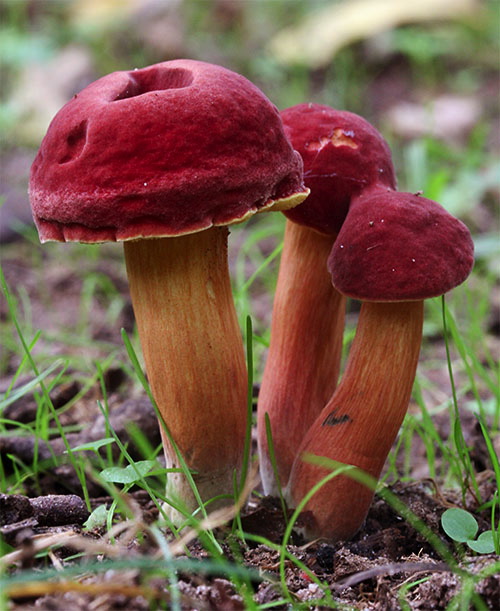
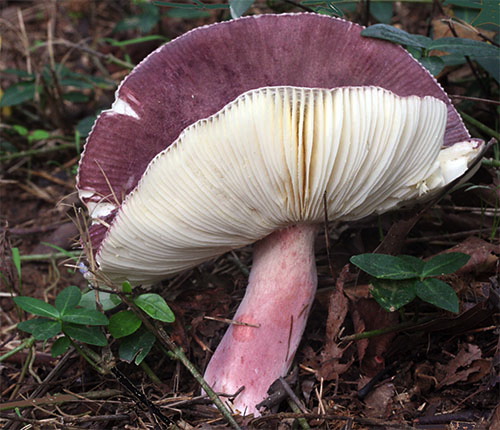
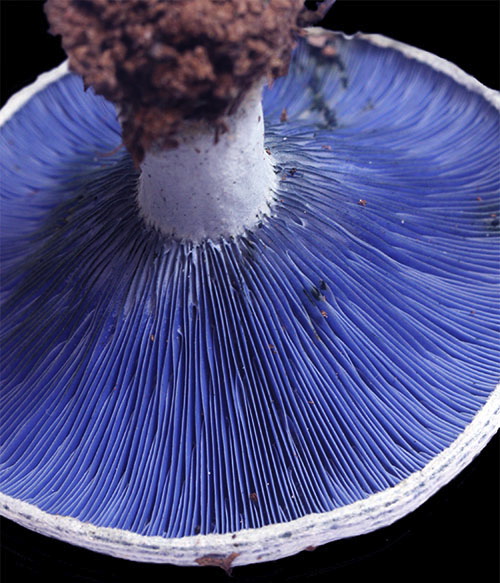
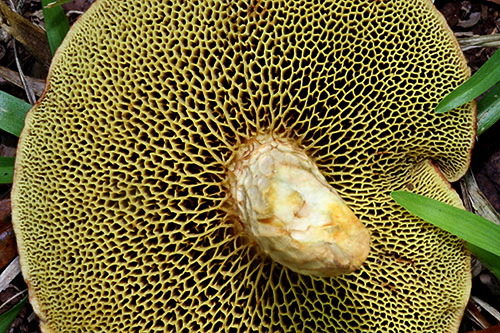
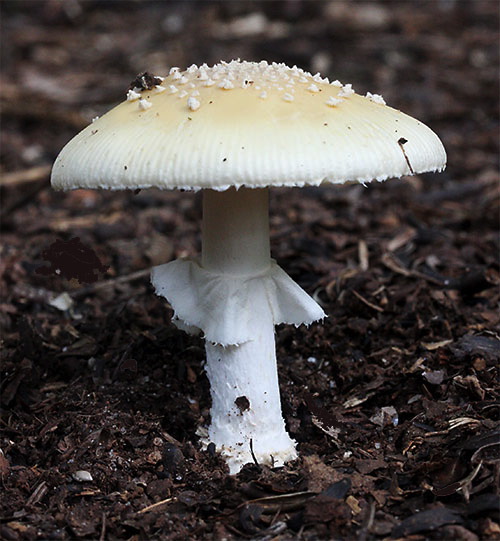



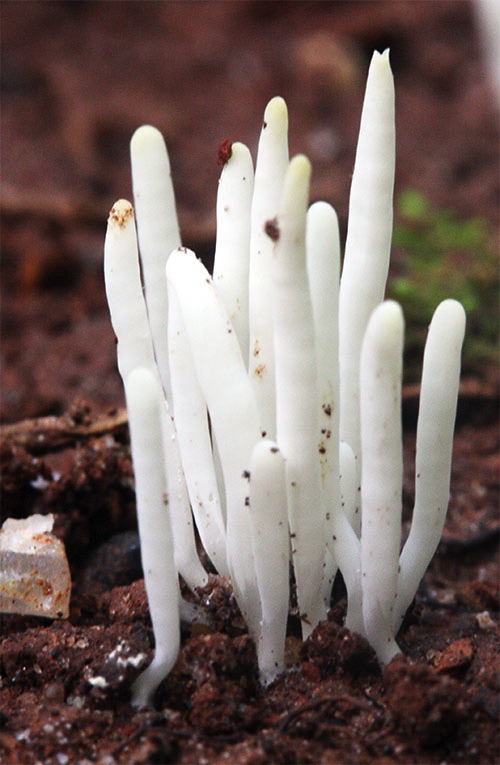


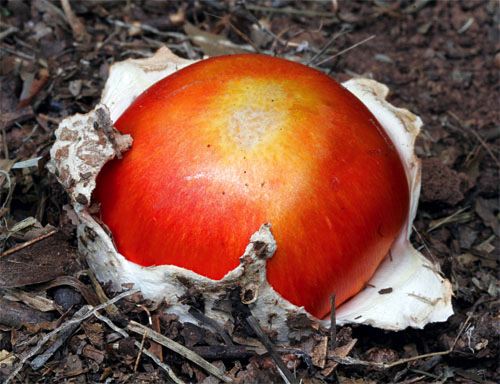


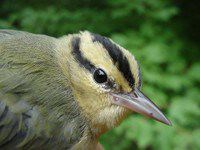
 Please report your
Please report your